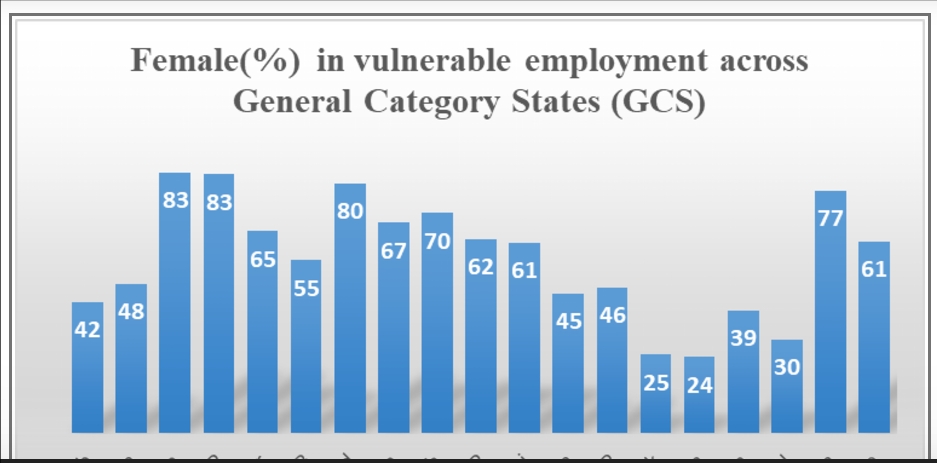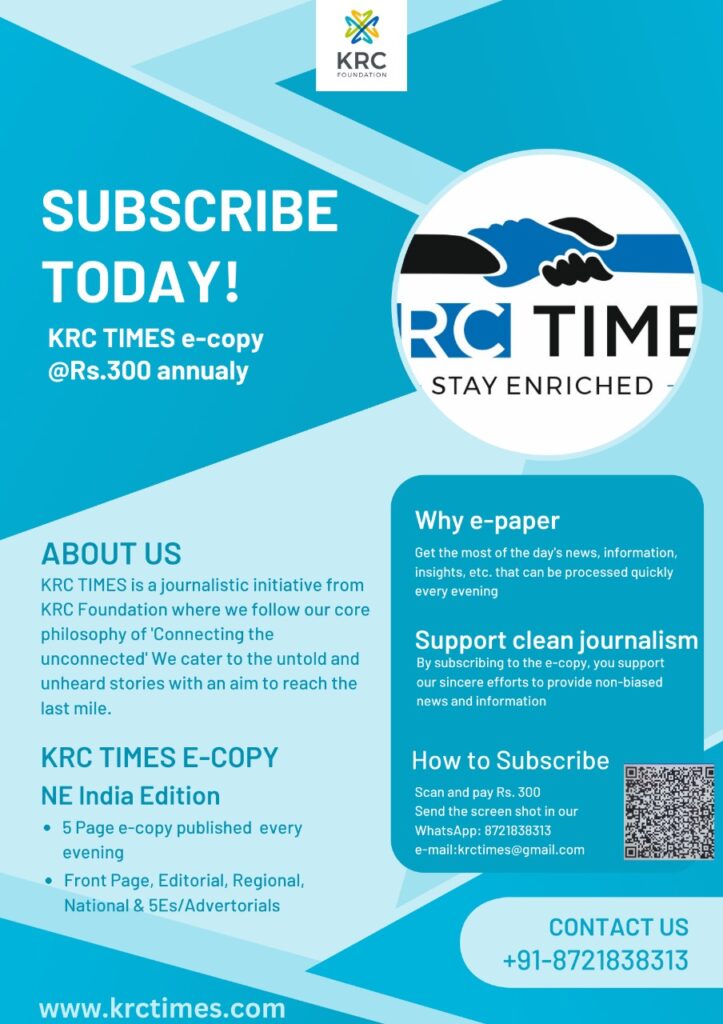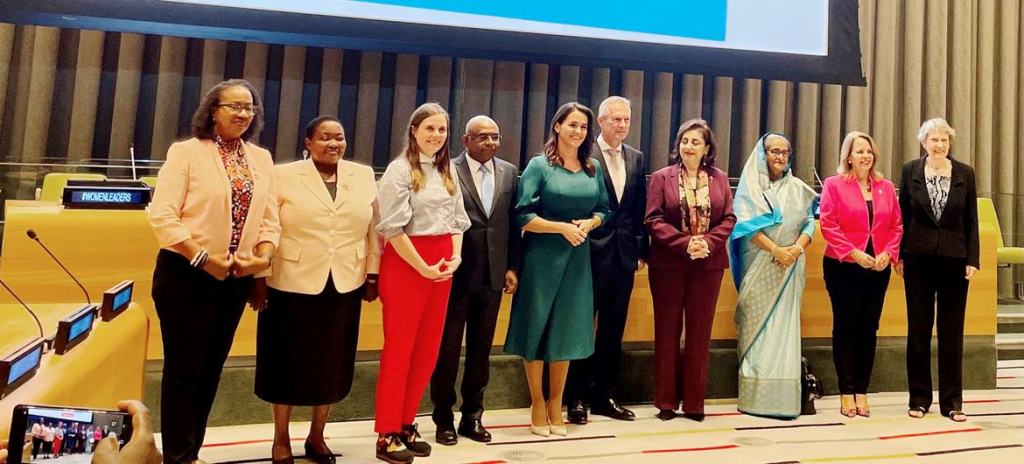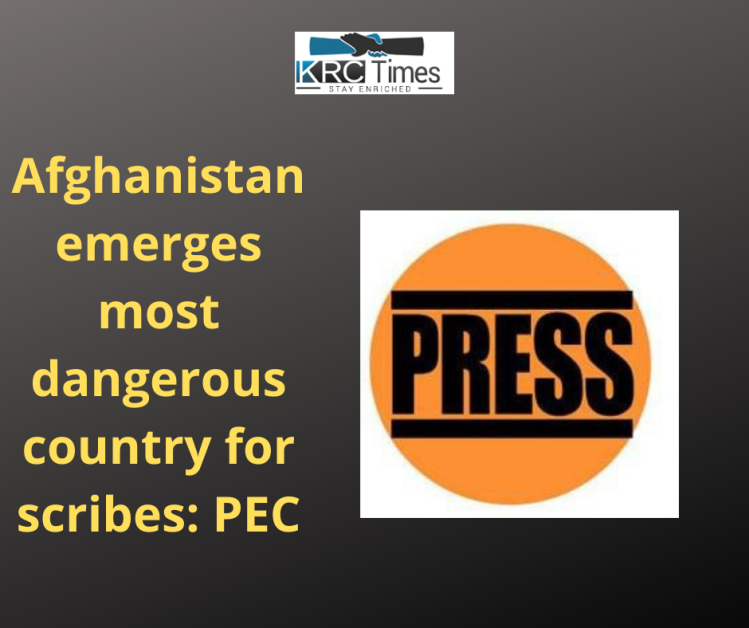International Women’s Day 2024 will focus on the theme ‘Invest in women, Accelerate progress’. Statistics highlight that economic disparities persist between male and female globally, with female generally facing lower pay, higher levels of informal employment, and more unpaid care work than male.
 KRC TIMES Desk
KRC TIMES Desk

By Suravi Kar Roy, Sweta Lahiri , Faculty , Department of Economics , Heramba Chandra College, Kolkata
International Women’s Day 2024 will focus on the theme ‘Invest in women, Accelerate progress’. Statistics highlight that economic disparities persist between male and female globally, with female generally facing lower pay, higher levels of informal employment, and more unpaid care work than male. The vast majority of women in India are employed in precarious, vulnerable employment situation. Literature recognises this as the issue of ‘feminisation of vulnerable employment’ . Recent research by Sweta Lahiri and Suravi Kar Roy (2024) is an attempt to address this issue .Using the data from World Development Indicators (WDI) for last 31 years (1991-2021) the study observes that vulnerable employment status constitutes around 70 per cent of the total work force in India and particularly more miserable for women (75 per cent). Regression result indicates that ‘vulnerable employment elasticity of GDP PPP (at constant prices)’ in India has been negative for both genders in general and significant for women in particular, supporting the hypothesis of feminisation of vulnerable employment. Analysis of the post-Covid situation using Periodic Labour Force Survey (PLFS) data for the year 2022-23 shows that women are 11 percentage points more likely to be vulnerably employed. Female workers in non-farm sectors like, wholesale and retail and manufacturing trade are found to be worst victim of precarious employment scenario. Rajasthan, Uttar Pradesh and Telengana are among the general Category States where the situation is alarming. The multinomial logit estimation analysis explores the impact of individual (age, education, experience, marital status) and household variables (caste, religion) on the probability of women being at the risk of vulnerable employment in rural and urban area separately. Education observed to exert a negative association with the status among women only after a threshold level. The Sustainable Development Agenda of UNDP has the goal of provision of decent work for all workers which requires enhancing the value of girls by investing in and empowering them with education, life skill, sports etc.,making payment of wages more gender neutral through formalisation of jobs, adequate measures to reduce gender gap in wages ,specially at the lower end of the job spectrum. Creating an environment of equal gender equal opportunity , better conditions of work can bring significant contribution to reduction of poverty, and the achievement of Sustainable Development Goals .






